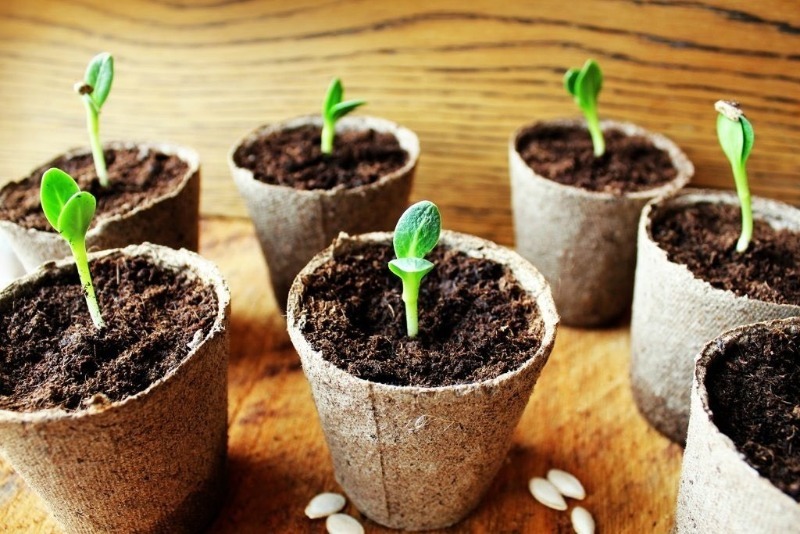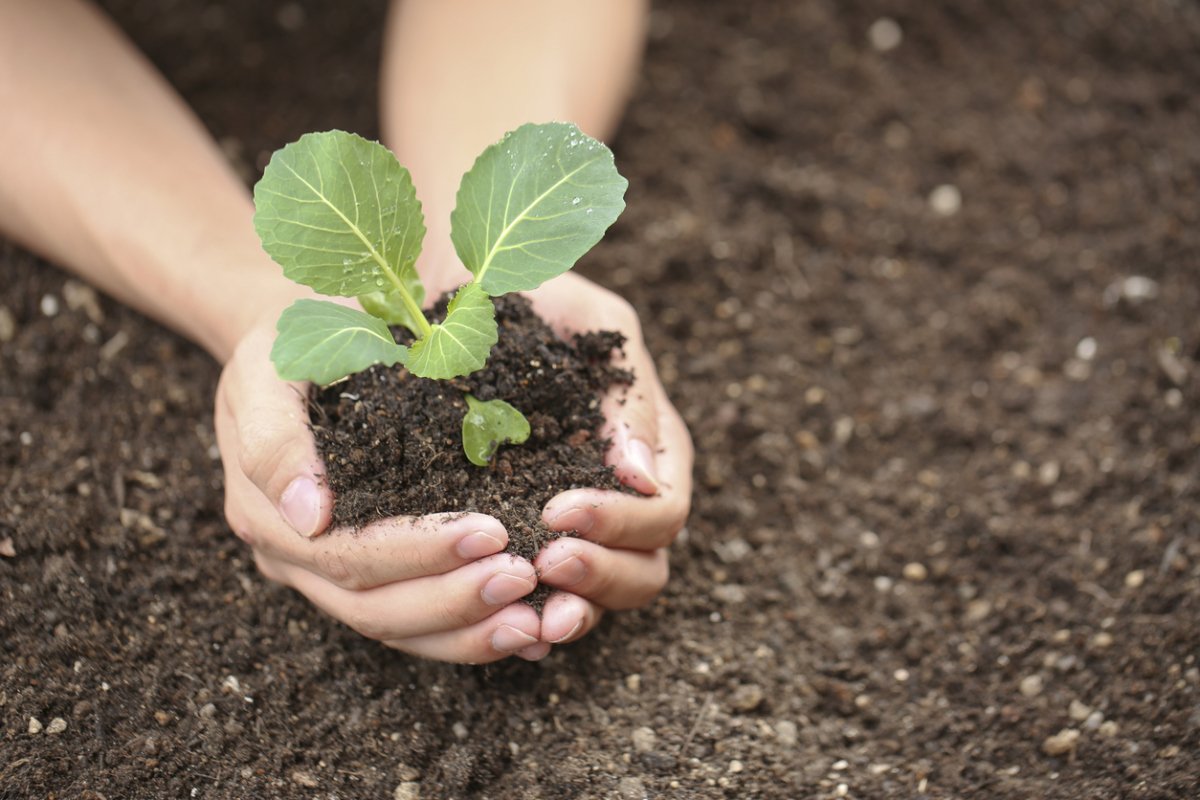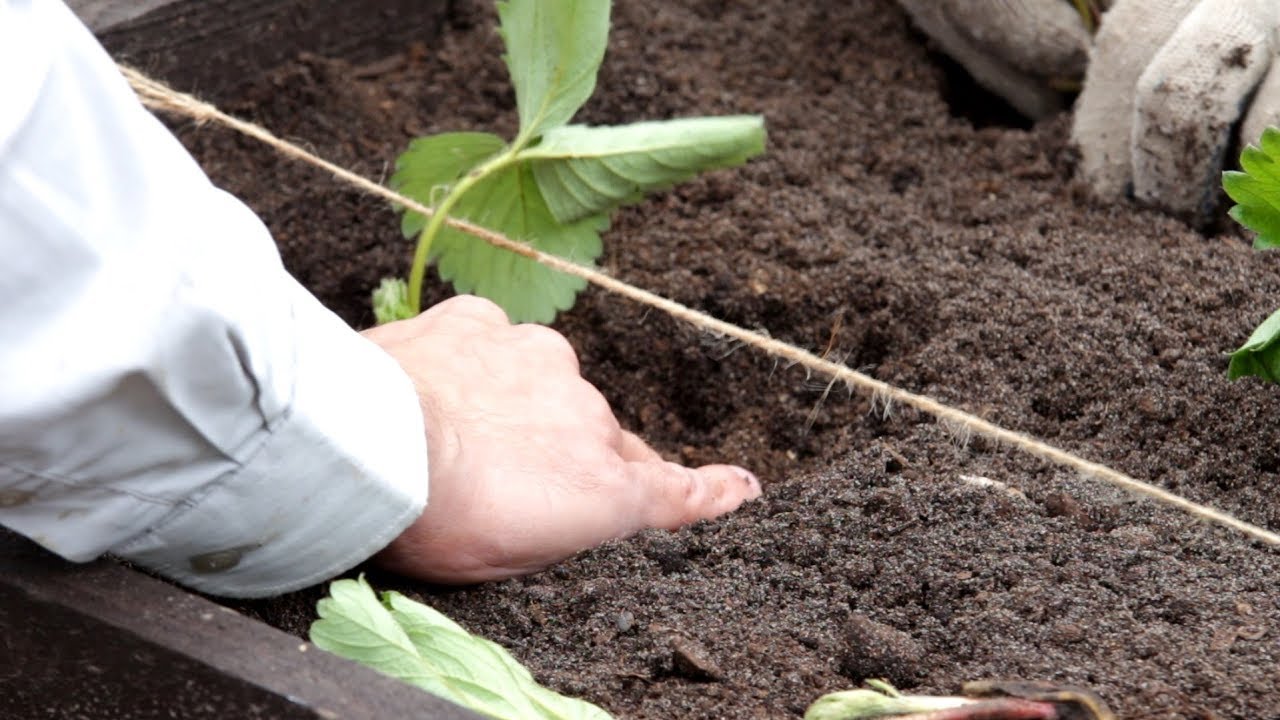A bountiful harvest depends not only on good plant care, but also from planting strong seedlings. However, there may be an infection in the soil that negatively affects its development. There are several signs by which you can recognize that the soil is contaminated.

Seedlings did not appear
The time interval between sowing and the appearance of the first shoots is individual for each plant. However, if this did not happen even on days 15 - 21, then most likely the problem lies in the infection of the soil or the seeds themselves.
If cold wet soil was chosen for planting, then there is a high probability that the fungus Fusarium can multiply in it (lives in the ground for up to 10 years).
The stems are thin and soft
If the seeds nevertheless sprouted, the first shoots appeared, but their stems quickly become too thin and soft, begin to brown near the soil line, then most likely the seedlings have become a victim of damping - this is the name of several diseases that affect young seedlings.
The most common cause of this problem is fungal and parasitic species that live in moist and cold soil that is poorly drained.
Leaves are gray and brown
This problem probably indicates infection with septoria - a fungal disease. The fungus spreads with raindrops and streams of water, and then stays in moist soil for a long time. In addition, it overwinters on weeds and fruit bodies that may have remained on the soil surface after harvest.
The first symptoms are grayish spots on the leaves with black dots. Over time, the leaves begin to brown and then dry out. To prevent seedling disease, the soil must be disinfected with potassium permanganate, additionally fertilized with ash and sand. Helps get rid of fungus and freeze soil.
Roots are stunted or not developed
If, when digging up a seedling, you notice that the root system is practically undeveloped or too stunted, then there may be several reasons: too heavy soil (for example, clay), high acidity or the presence of rot. Rot is caused by large amounts of moisture combined with low temperatures. The infection cannot be cured.
Another possible cause is rhizoctonia. The fungus leads to decay of the roots and seedlings of vegetable crops.
The base of the seedlings is white
The cause may be the fungus pithium, which causes verticillary wilting of seedlings. First of all, the vascular system of the seedlings is affected, because of which the water is not absorbed by the plant, and therefore dies.
You can find out about the presence of a problem by a white bloom, which outwardly resembles a white spider web. The fungus hibernates in the ground, forming chlamydospores. The plant does not always get sick, but only if it is damaged.
Plants do not develop
If the seedlings have stopped developing, then you should pay attention to the land. Its surface can be covered with a yellowish salt coating or a layer of algae.
This can happen due to a violation of the acidity of the soil (the indicator is too high or low, depending on the plant and its needs).
If there are no visible changes in the soil, then the reason lies in the infection, for example, root rot. In this case, you can notice a darkening of the root collar and its softening.


